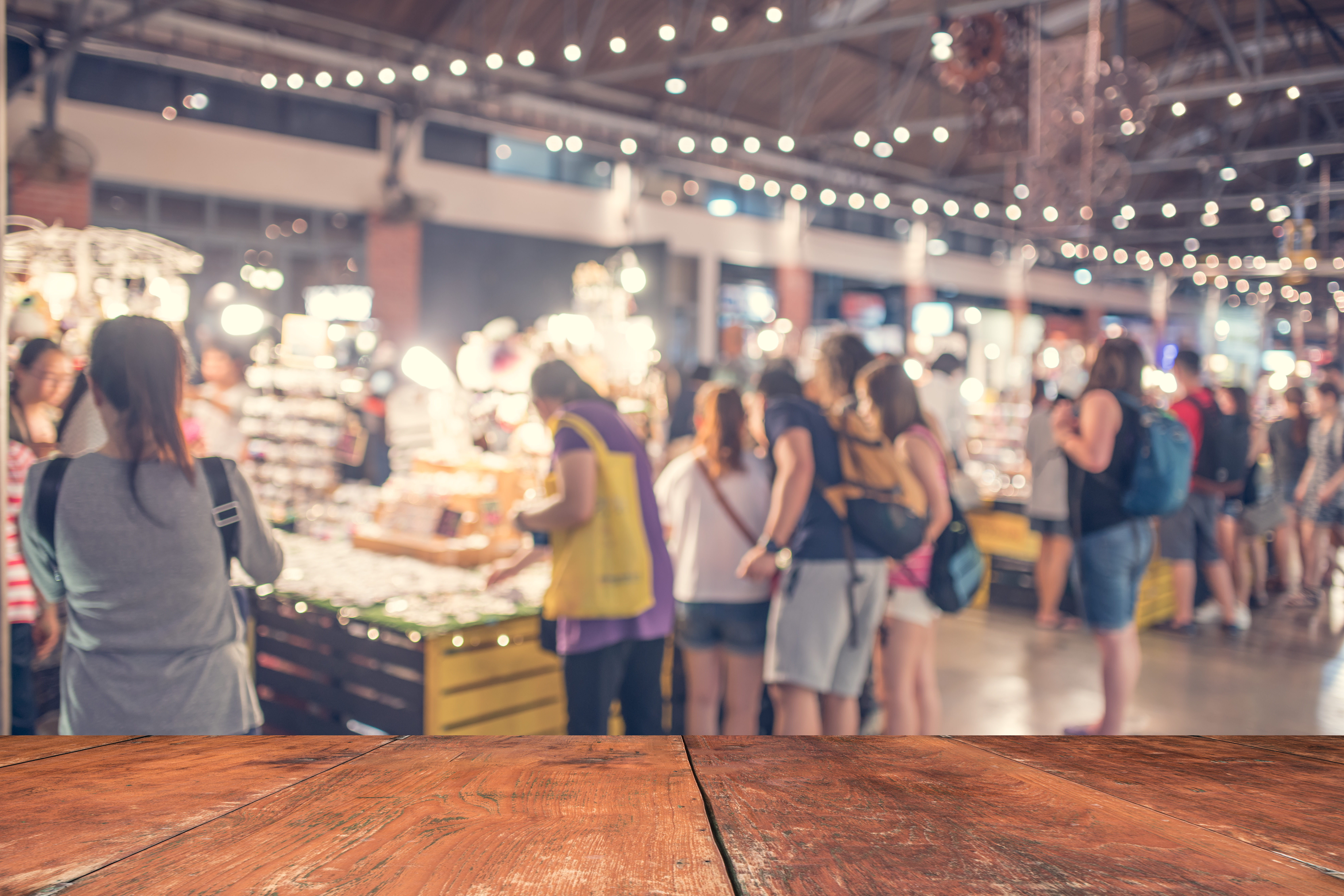As you may have noticed there are less traditional shopping centers being built today than 10 years ago and many are being torn down, back-filled with non-traditional retail uses or are slowly declining into obsolescence. You may know of some that were torn down and replaced with an apartment project, have been backfilled with self-storage, a church or a medical user, or you drive by and wonder why it’s still there! What you may not realize is that you are witnessing a major disruption in the retail industry caused by the Internet / technology and demographic shifts. Consumers today are demanding something different than what the old retail model provided. So what are consumers today demanding? They still want the same goods and services, but they want to acquire and consume them differently.
As such, shopping centers today have become either “experientially relevant” or “experientially obsolete”. While there are still centers that are teetering between the two, eventually they will fall into the obsolete category unless the owner initiates a concerted focus on a relevant consumer experience. So what makes up the relevant consumer experience?
First, the experience must be POSITIVE. A negative consumer experience will reduce traffic to a shopping center, lower retailer sales, which over time lead to a reduction in rents and higher vacancies. A positive consumer experience, conversely, will lead to increased traffic and higher sales, allowing the shopping center owner to raise rents and maintain a high occupancy well into the future.
Second, the experience could be CONVENIENT. With the Internet taking a more active role in the retailer growth model, brick-and-mortar stores must compete with easy access to goods and services. That may mean that your shopping center has good visibility of storefronts and signage and easy ingress and egress from major thoroughfares. Depending on the type of tenants at your center, positions along these thoroughfares are also an important factor. For example, coffee and breakfast merchants should be located on the “going-to-work” side of the road, or the side of the road with the heaviest morning traffic. A grocer, on the other hand, will likely do better at a busy intersection if located on the “going-home” side of the road. Additionally, high quality service, which includes superior product knowledge and short wait times, is also paramount to being a convenient experience. With so much information available online today, it is imperative that brick-and-mortar retailers staff their stores with friendly knowledgeable sales people. These front line sales people will help the consumer navigate the product market and assure the consumer that they are buying the right product for their needs at the best available price in the market at that time.
Third, the experience could be ENTERTAINING. Entertainment is mostly made up of dining, movies, live music, and sports (such as Top Golf). These types of entertainment experiences cannot be replicated online, except for movies. Online competition (such as Netflix and Amazon Prime) and advancements in home theater technology has forced the movie theater industry to adapt. Consider the new theaters built in the last 5 years in DFW, most are dinner/movie concepts such as Alamo Drafthouse and Studio Movie Grill, while the large format theaters such as Cinemark and AMC have responded with the IMAX and 3D stadiums. Further, restaurants are driving many new projects today, and are seen, in many cases, as anchors. Dining is an opportunity for social interaction and people watching, another form of entertainment. Restaurants provide shopping centers expanded shopping hours as they can attract consumers from morning into the night. If programmed correctly, they can also activate the streetscape through patios and other outdoor seating options providing more shopper interaction with surrounding retailers.
Fourth, the experience could provide VALUE. Some of the best retailers in today’s market are the value-oriented operators that appeal to value shoppers, those consumers that love the “treasure hunt” experience (think TJ Maxx, Ross, Marshalls, Nordstrom Rack and Neiman Marcus Last Call). These retailers provide consumers an experience of searching for name brand products at discount prices (aka “a good deal”). While many of these products can be found online, searching through the store provides the immediate gratification they seek in finding value.
The last and, in my opinion, most profound experience consideration is lifestyle or CONSUMER ETHOS. This is the highest level of connection the shopping center owner and retailer strive for with the consumer. What this means for the consumer is that the shopping experience is a part of “who they are” or “what they stand for”. Environmentally conscious, urban, walkable, livable, socially connected are all buzz words for the type of shopping centers that create meaning in consumer’s lives. In many cases, it is not a shopping center but a shopping district such as the Bishop Arts District, the Design District, Uptown, Oaklawn and Lakewood in Dallas and in Fort Worth Sundance Square, Magnolia Street (Fort Worth southside), West 7th and the Cultural District. These areas are attracting local operators and artisans, celebrity chefs, gourmet grocers and creative class professionals. Some national retailers that are connecting with consumers in this way include Whole Foods, Trader Joe’s, Anthropologie, Cabela’s, Bass Pro Shops, Lifetime Fitness, Barnes & Noble and Starbuck’s.
Each of the above experience factors will determine the future success of a shopping center. Owners would do well to consider if their shopping center meets one or more of the criteria above. If not, a concerted focused to initiate change is recommended. Combining the above factors will increase the likelihood of avoiding obsolescence and maintaining relevance in the current retail environment.


